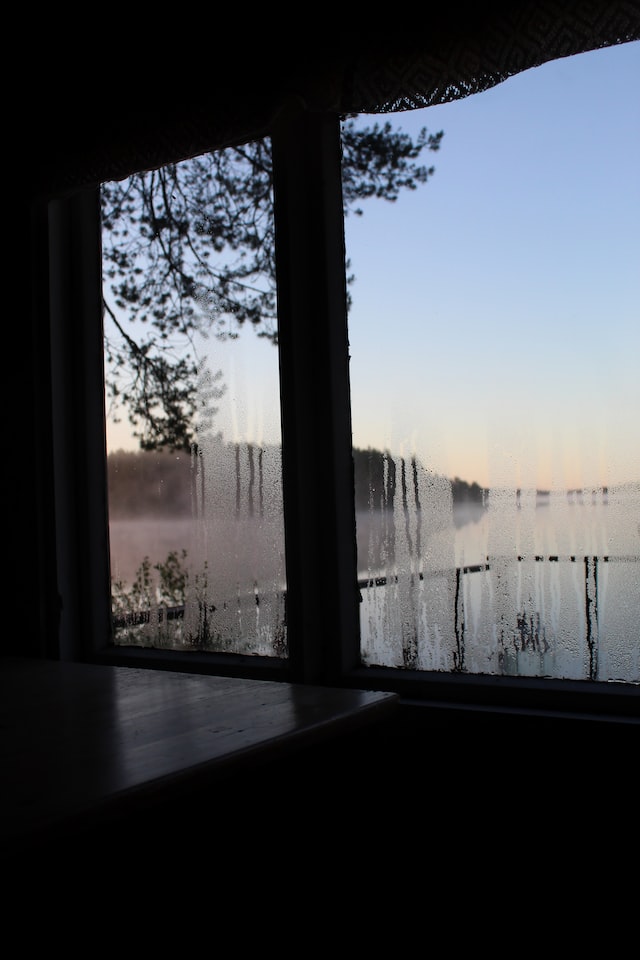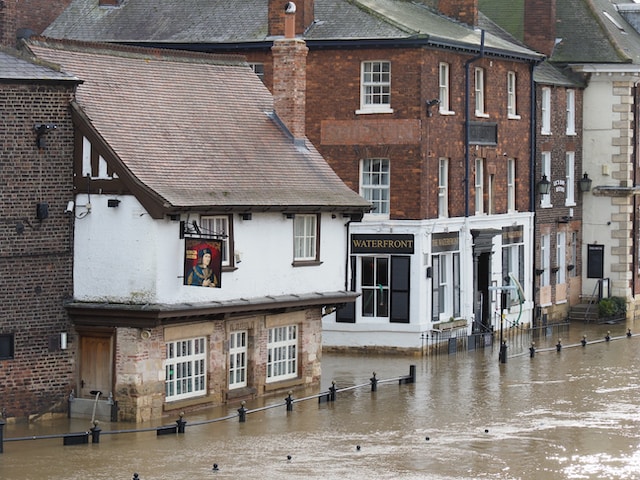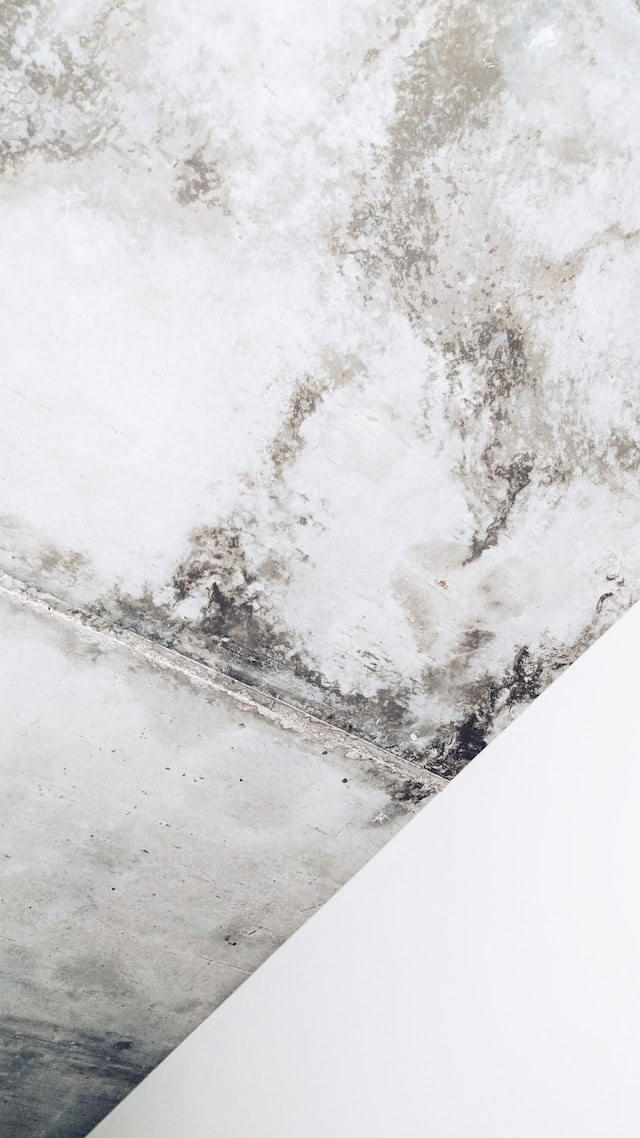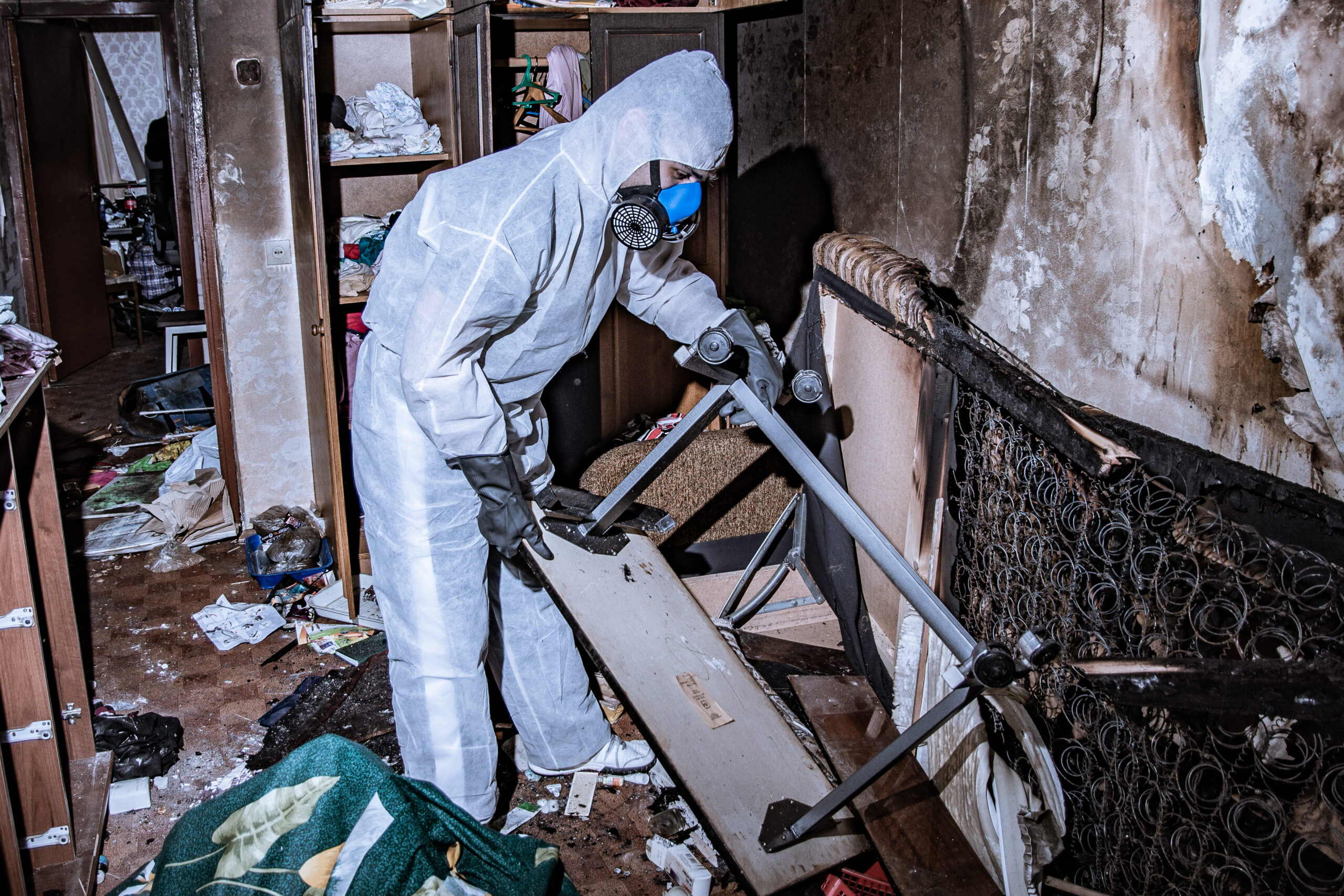Ceiling mould removal is a task that can strike fear into the heart of any homeowner.
The sight of those dark, unseemly spots spreading across your ceiling is enough to ruin anyone’s day.
The prospect of any health issues that could arise from ceiling mould is an alarming thought. It’s something you don’t want to mess around with.
You might think tackling ceiling mould removal yourself is the best way forward. But hold up there!
Table Of Contents:
- Decoding Ceiling Mould and Its Hidden Perils
- Identifying the Signs of Ceiling Mould
- The Importance of Professional Mould Removal
- Introducing Northern Restorations – Your Trusted Partner in Fighting Mould
- DIY Methods for Tackling Ceiling Mould
- FAQs in Relation to Ceiling Mould Removal
- Conclusion
Decoding Ceiling Mould and Its Hidden Perils
You may not pay much attention to that discoloured patch on your ceiling, but it could be concealing a hidden danger – black mould. A common, silent villain in many households. You might have even seen news stories recently about it.
The Lowdown on Black Mould
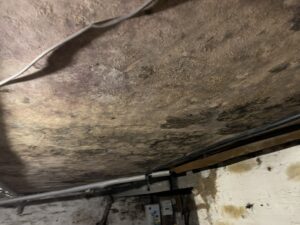
Ever heard of Stachybotrys chartarum? Sounds like something out of Harry Potter, right? Well, this little thing is better known as ‘black mould’, an unwelcome houseguest that thrives in damp environments and feasts on cellulose-rich materials like wood or plasterboard.
And here’s the kicker: while all moulds that look black aren’t necessarily toxic, they can still cause allergies or breathing problems. But the real bad guy is toxic black mould which releases mycotoxins into the air when its spores are disturbed.
Navigating Health Risks Linked with Mould Exposure
We’ve got some bad news for you – exposure to these airborne toxins over time can lead to health complications. We’re talking anything from mild irritations like skin rashes and nausea, right up to severe internal organ damage, scary stuff! That’s why we believe ceiling mould removal is so important.
If you live in a humid region, understanding the risks associated with neglecting this silent invader could be crucial for maintaining good health within your property – whether commercial or domestic.
This information makes it clear why early detection of ceiling mould growth is so important – along with seeking professional help for safe removal when necessary. That’s where our team at Northern Restorations steps up. With our dedicated service throughout Yorkshire region year-round, remediation has never been easier.
Identifying the Signs of Ceiling Mould
If you think mould may have made your home its home too, it’s essential to know what signs to spot and where. High humidity or poor ventilation can make ceilings a prime spot for black mould growth.
Common Areas for Ceiling Mould Growth
Bathrooms and bedrooms often bear the brunt of ceiling mould issues. With high moisture levels and low air movement, they’re perfect breeding grounds for this unwelcome intruder. But it’s not always as obvious as seeing big patches; sometimes the signs are subtler.
Mould might start off small but left unchecked those little spots can soon spread across large swathes of your ceiling. Discolouration, an odd musty smell or worsening allergies could all be clues to a hidden problem.
Finding the source isn’t always easy though. If you’re hitting dead ends our team offers expert surveying services, helping identify exactly where things have gone awry so effective remediation work can kick-off.
The Importance of Professional Mould Removal
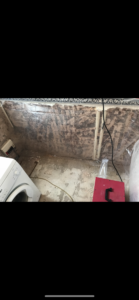
Sometimes just wiping away surface-level mould won’t cut it – especially on porous surfaces like plasterboard ceilings. Off-the-shelf bleach-based products only tackle what’s visible rather than delving deeper into materials where spores keep growing out-of-sight.
This is why professional help becomes crucial when dealing with severe cases of black mould; without expertise, dangerous spores risk being released during cleaning attempts. We don’t just remove visible traces but ensure complete eradication preventing further health risks or property damage down the line.
Do you have mould on your ceiling? You might be tempted to scrub it off with some bleach and consider the job done. However, ceiling mould removal is not that simple.
Mould isn’t just unsightly – it’s a sneaky health hazard hiding in plain sight. Ignoring or improperly treating mould can lead to various unpleasant reactions, from allergies to serious respiratory issues.
Why Should You Remove Mould Professionally?
If you’re thinking about taking matters into your own hands and tackling mould removal yourself, think again. Hiring professionals for mould removal isn’t about taking the easy way out; it’s about safety and efficiency.
While DIY solutions may seem appealing due to their cost-effectiveness, they often fail to address the root problem – hidden colonies of potentially harmful fungi within your property’s structure.
Professional help ensures comprehensive treatment using specialised equipment designed specifically for deep cleaning those hard-to-reach spots where fungus loves to hide. This means no more recurring outbreaks because every last trace has been completely eliminated.
Beware of Health Risks
Long-term exposure to certain types of mould can lead to serious health conditions, such as asthma attacks, eye irritation, and even neurological problems, among others, depending on your sensitivity levels to mould. So, while aesthetics might initially drive you to consider tackling the menace yourself, think again before diving headlong without proper protective gear!
Now that we’ve covered why professional help is crucial when dealing with ceiling moulds, let us introduce ourselves – Northern Restorations – Your Trusted Partner in Fighting Mould in the next section.
Dealing with ceiling mould is more than a quick scrub; it’s about diving beneath the surface. DIY solutions may seem cost-effective, but they barely scratch the surface of this health hazard. The true remedy lies in professional removal – using specialised equipment to eliminate every trace and prevent future outbreaks. It’s not just an aesthetic issue, but a matter of safety and efficiency
Introducing Northern Restorations – Your Trusted Partner in Fighting Mould
When it comes to ceiling mould, you need a trusted partner who can help tackle the issue head-on. That’s where we at Northern Restorations step into the picture.
We’re not just another restoration company; we bring our years of expertise and commitment to every job, ensuring your property is free from harmful mould infestations.
Northern Restorations, with its comprehensive service portfolio ranging from surveying work to ceiling mould removal, stands tall as an industry leader in Yorkshire for both domestic and commercial properties.
Why Choose Northern Restorations?
You may wonder why choose us? Well, besides our proven track record in delivering personalised services tailored specifically for each case, safety remains at the heart of everything we do during all stages of mould removal. We customise our strategies to ensure the most effective outcome with minimal disruption.
If you really want to go at mould yourself, after reading all these warnings, then let’s dive deeper into some popular DIY methods that could come in handy if you are grappling with small amounts of ceiling mould. Trust me; these household items like baking soda or vinegar might surprise you.
DIY Methods for Tackling Ceiling Mould
For smaller infestations, if you insist on trying to solve it yourself, you may find that items from your own kitchen cupboard can effectively tackle the problem.
1. Give Vinegar or Tea Tree Oil a Try
If you’re dealing with surface-level mould and prefer an eco-friendly approach, consider using white vinegar or tea tree oil. Here’s how:
Pour undiluted vinegar into a spray bottle and apply it to the affected areas. After leaving the vinegar for an hour, wipe down with water and then dry. Remember to thoroughly dry the area afterwards.
Prefer tea tree oil? Mix one teaspoon of this potent essential oil with a cup of warm water in a spray bottle. After spraying, use a scrubbing brush to remove stubborn patches.
2. When Home Remedies Aren’t Enough
Sometimes, DIY methods may not fully resolve the issue, especially when dealing with toxic black mould. In such cases, it’s best to contact professionals like ours. If home remedies aren’t sufficient but professional intervention seems excessive, you can try making your own bleach solution (one part bleach to ten parts water). Just remember to wear rubber gloves and a protective mask for safety.
- Use bleach sparingly, as excessive use can cause discolouration. Always test it first on hidden areas.
- Bleach’s oxidising properties make it effective against most types of mould, including black mould.
- Never mix bleach with other cleaning products, as they can react and produce very dangerous gases.
DIY ceiling mould removal can be tackled with everyday items like vinegar or tea tree oil. However, stubborn or toxic black mould may require professional help. If you’re stuck in the middle, try a homemade bleach solution but proceed with caution to avoid discolouration and harmful chemical reactions.
FAQs in Relation to Ceiling Mould Removal
Does ceiling mould go away on its own?
No, ceiling mould does not disappear without intervention. It thrives in damp environments and continues to grow until removed. It could reach the point where it also becomes extremely harmful to you and your family. If you ever notice it appear from nowhere, or growing over time, make sure to call out professionals to remove it.
Can you paint over mould on the ceiling?
You should not paint directly over mould. The underlying problem must be addressed first by removing the existing mould and treating the area properly before repainting.
How do you get rid of mould permanently?
To eliminate mould permanently, first address the underlying issues, whether it’s moisture, damp or lack of ventilation. Then call a professional mould removal team to get rid of what’s already there.
Why am I getting mould on my ceiling?
Mould growth is often due to excess humidity or poor ventilation. Leaky pipes or roofs can also cause persistent dampness, leading to a favourable environment for growth. We offer mould surveys that can tell you where you have mould, and what’s likely to be causing it.
Conclusion
Understanding ceiling mould and its dangers is the first step to creating a safer and healthier home environment.
From the toxic mycotoxins produced by black mould to the common areas where mould tends to grow, it is clear that knowledge is key.
While DIY methods may seem tempting, it is important to remember their limitations. These methods can only address surface-level issues and may even risk spreading spores further if not handled correctly.
The significance of professional intervention cannot be overstated when dealing with extensive or toxic mould infestations. It is not just about aesthetics; it is also about safeguarding your health.
At Northern Restorations, we offer expert solutions for effectively tackling stubborn ceiling mould. Our team provides comprehensive inspections, safe removal processes, and effective preventative measures to prevent future outbreaks. Let us help you restore peace of mind and maintain the integrity of your property.
Contact Northern Restorations today for efficient ceiling mould removal services, ensuring that your space remains healthy, clean, and free from harmful fungal intruders.

